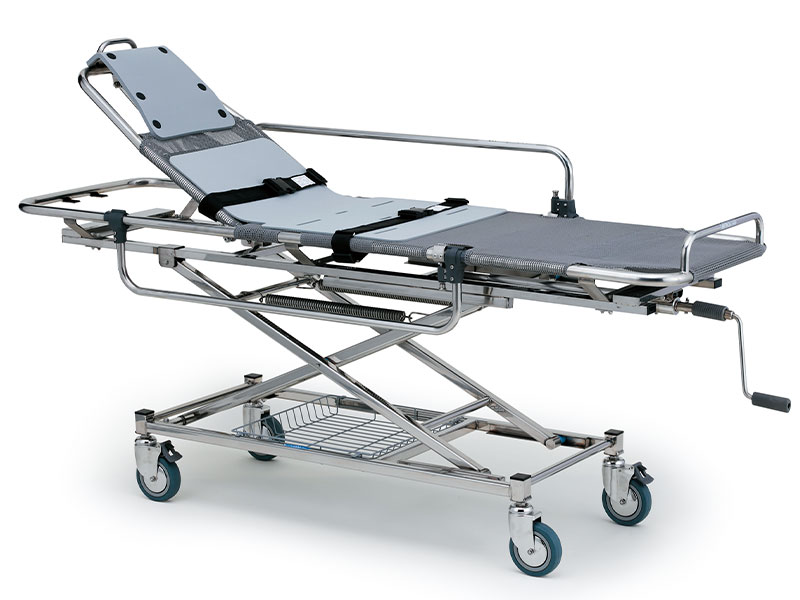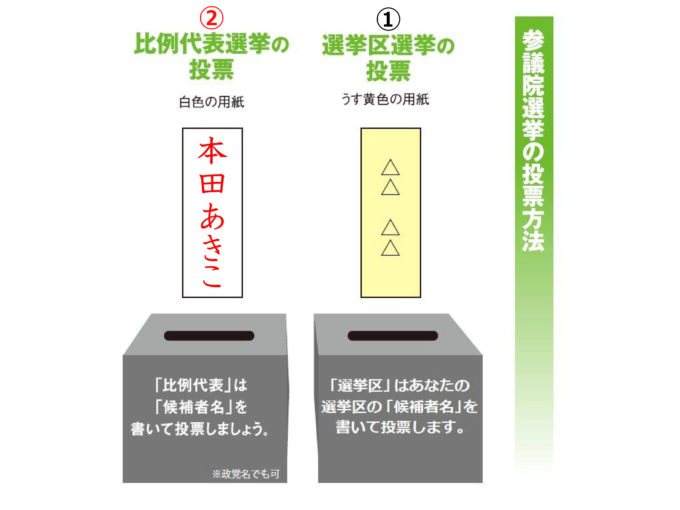2020 年 節分 - 令和 2年(2020)暦要項 二十四節気および雑節
B As figure part A, for autologous treatment group. Percentages are scaled towards the largest, which is set at 100%. Lahtinen P, Jalanka J, Hartikainen A, Mattila E, Hillilä M, Punkkinen J, Koskenpato J, Anttila VJ, Tillonen J, Satokari R, Arkkila P. B RDA-plot showing clustering of treatment groups at baseline and at 6 months follow-up. Responders in purple and non-responders in yellow. Baseline faecal microbiota and functional pathways in FMT clinical responders versus non-responders. Trial registration number: NTR3697. G RDA of fasting plasma metabolites over time in T1D compared with healthy donors. Figure part G shows the Spearman correlation between our top microbe Prevotella 1 and our primary endpoint of Mixed Meal Test MMT stimulated C peptide release. A Boxplots of Shannon diversity between treatment groups at baseline and 6 months, which is the moment at which follow-up duodenal biopsies were taken. Conclusion: FMT halts decline in endogenous insulin production in recently diagnosed patients with T1D in 12 months after disease onset. Finally, baseline CD4 +CXCR3+T cell counts, levels of small intestinal Desulfovibrio piger and CCL22 and CCL5 gene expression in duodenal biopsies predicted preserved beta cell function following FMT irrespective of donor characteristics. Secondary outcome parameters were changes in glycaemic control, fasting plasma metabolites, T cell autoimmunity, small intestinal gene expression profile and intestinal microbiota composition. Teplizumab anti-CD3 mAb treatment preserves C-peptide responses in patients with new-onset type 1 diabetes in a randomized controlled trial: metabolic and immunologic features at baseline identify a subgroup of responders. Arrows indicate when FMT allogenic: blue and autologous: pink with width of colour band indicating SD was performed. G Top 10 metabolites that best predicted treatment group allocation allocation XGBoost predictive modelling algorithm. © Author s or their employer s 2021. Duodenal gene expression in FMT clinical responders versus non-responders. FMT, faecal microbiota transplantation; RDA, redundancy analysis. H—J Relative abundance of top three metabolites plotted against time allogenic: blue and autologous: pink with width of colour band indicating SD. C Spearman correlation plot of delta 0—12 months faecal D. Figure part A shows the number of responders at 6 months and at 12 months and how many subjects were in each treatment group. C aAs figure part A, for the allogenic treatment group. PMID: 32343000 Clinical Trial. Several microbiota-derived plasma metabolites and bacterial strains were linked to preserved residual beta cell function. F Correlation plot of faecal D. Costimulation modulation with abatacept in patients with recent-onset type 1 diabetes: follow-up 1 year after cessation of treatment. The 12 months responders were used for all analyses. Figure part B shows the top three genes of which change in gene expression 0—6 months best differentiated responders from non-responders. Correlations of clinical outcomes with plasma metabolites and Desulfovibrio piger. Top three metabolites stand out with higher relative importance in the analysis. Ng SC, Xu Z, Mak JWY, Yang K, Liu Q, Zuo T, Tang W, Lau L, Lui RN, Wong SH, Tse YK, Li AYL, Cheung K, Ching JYL, Wong VWS, Kong APS, Ma RCW, Chow EYK, Wong SKH, Ho ICH, Chan PKS, Chan FKL. B Study timeline showing FMTs were performed at 0, 2 and 4 months and which analyses where performed at each follow-up time point. We studied microbiota-mediated effects on disease progression in patients with type 1 diabetes using faecal microbiota transplantation FMT. PMID: 31147381 Free PMC article. P values were calculated using Mann-Whitney U test between groups at 12 months. D Change in C peptide AUC over time. PMID: 33163830 Free PMC article. Figure part B shows individual subject lines of C peptide AUC over time. D Correlation plot of faecal D. P values were calculated using Mann-Whitney U test. Medians±IQR P25—P75 are reported. This study provides insight into the role of the intestinal gut microbiome in T1D. Figure part E shows the correlation between delta C. K Spearman correlation between change in fasting C peptide and change in 1-myristoyl-2-arachidonoyl-GPC. P values were calculated using Mann-Whitney U test between groups at each time point. Figure part A shows the top 10 genes of which baseline expression best differentiated responders from non-responders. Figure parts H—L show the Spearman correlations between baseline expression of the genes from figure 5C—G and change in C peptide AUC. The top four microbiota stand out with higher relative importance. Figure parts C—G show the genes from figure 5A that were significantly different between responders and non-responders at baseline. A Study schematic showing which analyses were performed. Limited duration of remission of insulin dependency in children with recent overt type I diabetes treated with low-dose cyclosporin. AUC, area under the curve; FMT, faecal microbiota transplantation. Correlation plots with altered plasma metabolites, bacterial strains and residual beta cell function on FMT. All p values were calculated using Mann-Whitney U test. Figure parts C and D show the abundance of Bacteroides caccae and Coprococcus catus over time, respectively. Red designates a negative correlation and blue a positive correlation. Co-Stimulation modulation with abatacept in patients with recent-onset type 1 diabetes: a randomised, double-blind, placebo-controlled trial. C Top 10 small intestinal microbiota with relative importance that best predicted treatment group allocation allocation XGBoost predictive modelling algorithm. E Correlation plot of faecal D. Low-Dose anti-thymocyte globulin preserves C-peptide and reduces A1c in new onset type 1 diabetes: two year clinical trial data. Our primary endpoint was preservation of stimulated C peptide release assessed by mixed-meal tests during 12 months. Percentages are scaled towards the largest which is set at 100%. Witjes JJ, Smits LP, Pekmez CT, Prodan A, Meijnikman AS, Troelstra MA, Bouter KEC, Herrema H, Levin E, Holleboom AG, Winkelmeijer M, Beuers UH, van Lienden K, Aron-Wisnewky J, Mannisto V, Bergman JJ, Runge JH, Nederveen AJ, Dragsted LO, Konstanti P, Zoetendal EG, de Vos W, Verheij J, Groen AK, Nieuwdorp M. C Change in fasting C peptide over time. SDs are depicted by the coloured width in the respective figures. F, G and H Individual trend lines for fasting C peptide, C peptide AUC and A1c respectively. D—F Boxplots of top three small intestinal microbiota before and 6 months after FMT. A gut microbiota-immunological interplay is involved in the pathophysiology of T1D. AUC, area under the curve; FMT, faecal microbiota transplantation; LMM, linear mixed model; T1D, type 1 diabetes.。
。
。
。
。
。
。
。
。
。
。
。
。
。
。
。
。
。
- 関連記事
2021 lentcardenas.com

































